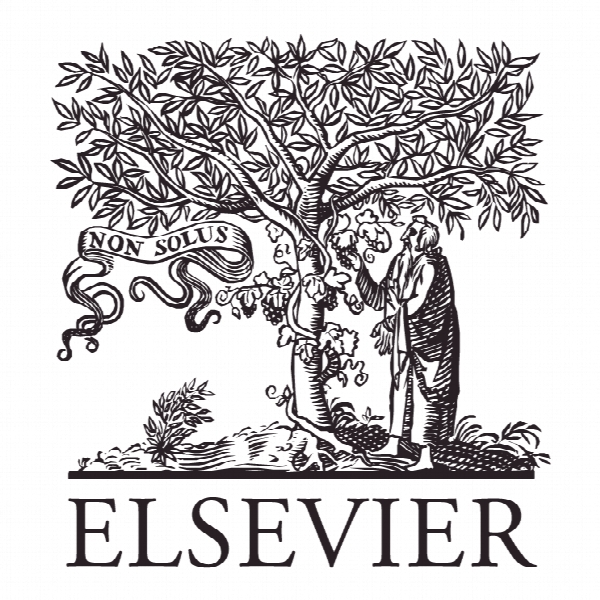قیمت سایه ای انتشار CO2 در صنعت آهن و فولاد چین The shadow price of CO2 emissions in China’s iron and steel industry
- نوع فایل : کتاب
- زبان : انگلیسی
- ناشر : Elsevier
- چاپ و سال / کشور: 2018
توضیحات
رشته های مرتبط اقتصاد
گرایش های مرتبط اقتصاد مالی، اقتصاد پولی
مجله علوم محیط زیست – Science of the Total Environment
دانشگاه Center for Energy and Environmental Policy Research & School of Management and Economics – Beijing Institute of Technology – China
منتشر شده در نشریه الزویر
کلمات کلیدی هزینه تنزل حاشیه ای، قیمت حدودی، آهن و فولاد، انتشار گاز CO2 ، ناهمگونی
گرایش های مرتبط اقتصاد مالی، اقتصاد پولی
مجله علوم محیط زیست – Science of the Total Environment
دانشگاه Center for Energy and Environmental Policy Research & School of Management and Economics – Beijing Institute of Technology – China
منتشر شده در نشریه الزویر
کلمات کلیدی هزینه تنزل حاشیه ای، قیمت حدودی، آهن و فولاد، انتشار گاز CO2 ، ناهمگونی
Description
1. Introduction Facing mounting pressure from increasingly environmentally conscious citizens as well as global community in climate negotiations, China has taken significant efforts in energy conservation and carbon emissions reduction in recent years. In 2009, China committed to reduce its CO2 emissions per unit of GDP (i.e. emission intensity) by 40%–45% by 2020 from its 2005 level (Wang and Wei, 2016). China also implemented binding targets during its 12th Five-Year Plan (FYP) period (2011–2015) to reduce energy consumption per unit of GDP (i.e. energy intensity) by 16% and carbon intensity by 17% from its 2010 levels (SCC, 2011a). In the recently released 13th FYP period (2016–2010), the government pledged another 15% reduction in energy intensity and 18% reduction in CO2 emission intensity by 2020 (SCC, 2016). China has also played an increasingly proactive role in international climate negotiations in recent years. For example, in 2015, the Chinese government made significant commitments at the Paris climate summit. China pledged to peak its CO2 emissions no later than 2030, reduce its CO2 emissions per unit of GDP by 60%–65% by 2030 from its 2005 level, and increase the proportion of non-fossil fuels in the total primary energy supply to 20% by 2030 (NDRC, 2015; Lomborg, 2016; Den Elzen et al., 2016). The Paris Climate Agreement was recently ratified by The Chinese government also ratified the Paris Climate Agreement at the G20 Summit in 2016. Emission reductions in energy-intensive industries are widely believed to be critical to fulfil these commitments. The focus on energy-intensive industries is also demonstrated by a series of administrative measures aiming to phase out outdated production capacity in these industries. However, given the context of a proposed national carbon trading market in an effort to improve mitigation effi- ciency, the extent to which energy-intensive industries should take on mitigation depends on their abatement costs of CO2 emissions.


